Learn all about the Guanaco
World’s Finest Wool – The Guanaco
Never heard of Guanacos? Well, you’re probably not alone. The Llama Guanaco is the least known member of the South American camelid family, which includes the llama, the alpaca and the vicuña. Unlike their relatives, the man-kept llamas and alpacas, the wild guanacos roam freely along coastlines and through steppes, forests or mountains.
The Guanaco (Lama guanicoe), also known as Huanaco, is the wild strain of the now domesticated llama. It is believed that guanacos were domesticated as early as 5,000 years ago and that the llama descended from them.
The guanaco is the largest wild mammal species in South America. Guanaco herds usually consist of a lead stallion and 5-15 adult females and their young.
There are also pure young stallion and young mare herds. Guanacos have to be very defensive – especially young guanacos are a popular prey for pumas.
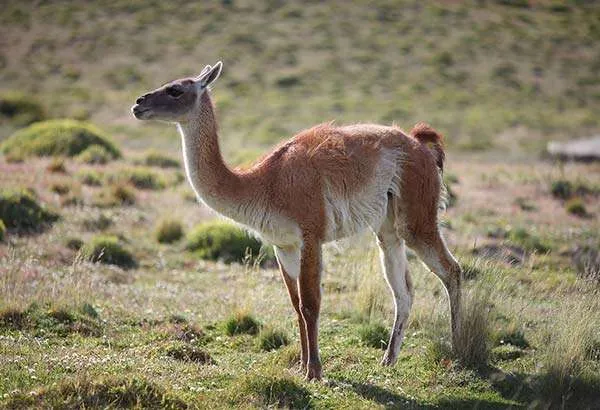
Guanaco Characteristics
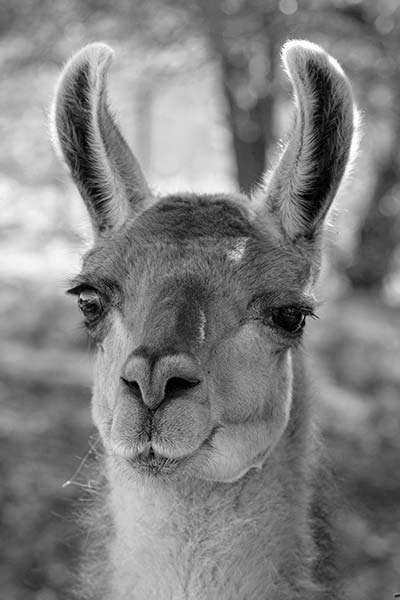
Guanacos reach a size of 120 to 220 centimeters. They can reach a shoulder height of up to 120 centimeters and a weight of 100 to 120 kilograms. The smallest individuals were found in northern Peru and the largest in southern Chile.
They have ears that are small and pointed. The guanaco has dark eyes and a dark nose. Their face is often black. The fur is woolly and dense; its color is light brown on top and white underneath.
The coat consists of short, curled and long, wavy hairs, the lower, matted layer has an insulating effect and protects against cold, the upper layer keeps snow and rain away.
Like all camels, they are characterized by relatively elongated, slender legs, a long, thin neck and a small head.
The feet have two toes, which are covered with calloused padding instead of hooves. As with all camels, the stomach is made up of several chambers, making it easier to digest the plant food.
Since guanacos usually live at altitudes up to 4,000 m above sea level, they have a very high hemoglobin level and can survive at very low oxygen concentrations.
Hemoglobin is a protein of the red blood cells. An essential task of hemoglobin is the transport of oxygen and carbon dioxide in the blood. The blood of the guanaco contains about four times as many red blood cells as human blood.
Interesting Knowledge about the Guanaco
What is the difference between Guanacos and Vicuñas?
Vicuñas resemble the guanacos in their physique but are smaller and slimmer— their shoulder height can reach up to 100 centimeters with a weight of 50 kilograms.
Vicuñas have the finest animal hair of all! Their fibres are even finer than silk and make their wool the most expensive processing material in the clothing industry.
Vicuñas wool has a micron count that is only 8 to 13, while Guanaco hair varies from 10 to 20 micron.
Are Guanacos endangered?
When the Spanish arrived in South America, there were an estimated 30-50 million wild living guanacos. Since then, they have been hunted for their fur, but mainly to gain grazing land for the Spanish sheep herds.
The mass shooting almost annihilated the guanacos. Today there are still about 600,000 guanacos, which is only a little more than one percent of the original number.
The Guanacos population remains stable so that the IUCN classifies them as “not endangered.”
How do the Guanacos sound?
How fast can Guanacos run?
Because the guanacos’ natural habitat offers little protection, they have become escapees – they can run almost 35 miles per hour – faster than any other Patagonian animal except the puma.
The dominant male usually runs behind the herd to defend it. Guanacos are also excellent swimmers.
What are the natural enemies of the guanaco?
In the wild, their main predators are the puma and foxes. Andean condors or jackals can also kill young and sick guanacos.
When threatened, they alert the rest of the herd with a high, bleating sound similar to a short, sharp laugh.
Can baby guanacos walk after birth?
Baby Guanacos are called Chulengos. They can walk within five minutes of their birth!

Social Behaviour of Guanacos
The guanacos are sociable animals that live in family groups of up to 15 members. The head of each family is a male lead stallion. At his side, there are several mares and their young.
The dominant male defends his family, he attacks the intruder with hooves and teeth. If male rivals challenge the lead stallion, the fight is often very violent. Guanacos are also known to spit when they feel threatened.
The mating season for guanacos is from november to february. While the individual family groups of the guanacos graze in packs, they seek solitude during the mating season. Every two years the mares have offspring.
The gestation period of the females lasts one year, after which a single young is born, which can walk immediately and is suckled for about 4-6 months. The lifespan of a guanaco is about twenty to twenty-five years.
The birth is a risky moment for both the mother and the newborn. In the barren desert, the guanaco mare gives birth while standing. They are unprotected and at the mercy of pumas and other natural enemies.
Although guanacos are day-active animals and have excellent hearing and smell, their vision is poorly developed. They can only detect hostile threats at close distances.
Being able to watch the birth of a Guanaco baby is a unique experience. Headfirst, the foal tumbles onto the sandy ground. Once it has recovered from the first fright, the youngster has to get up quickly on its feet to survive.
After only a few hours, it walks cheerfully beside its mother and follows her wherever she goes. Although young guanacos prefer to cuddle up to their mother and drink their milk, they already graze with the family group at the age of only a few weeks and search for food with the herd.
Guanaco mothers play a very important role in defending their newborns against predators. Attacks by predators are responsible for a large percentage of the death rate of young animals. It has been shown that the mothers’ aggressiveness towards potential predators, including threatening, spitting and kicking, increases the survival rate of young guanacos.
At the age of twelve to fifteen months after birth, it is time for the offspring to leave the herd. The young animals are chased away from the family by the lead stallion. The females then seek acceptance in another herd. In contrast, young males join together to form bachelor associations in which they live for three to four years.
After leaving such a bachelor association, a male guanaco tries to establish its territory either by gathering young females around it or by chasing away the leader of an existing herd. If an old male is driven away from its herd, it lives mostly until its death as a loner in South America’s steppe-landscapes.
The graveyards of the Guanacos
Like elephants that visit so-called elephant graveyards to die, guanacos are also reported to have places of death to which the animals travel at the end of their lives.
The famous biologist and founder of the theory of evolution Charles Darwin already reported about it: Wounded guanacos target-oriented run to the rivers to die on their banks. But even unwounded ones, when they feel sick and close to death, seem to go to special places to die there.
“On the banks of the Santa Cruz,” Darwin noted, “the ground was white with bones that lay in certain bush-covered areas near the river. The bones were not gnawed or broken, as if they had been dragged together by predators. The animals must have crawled under and between the bushes to die.”
Distribution area of the Guanacos
The distribution area of guanacos is much larger than that of vicuñas. Guanacos can be found from Peru to Tierra del Fuego.
While the vicuñas are restricted to areas at high altitude, the guanacos also occur in lower regions, down to sea level.
Guanacos live in the steppes and mountainous regions of South America. They are found in the Altiplano of Peru, Bolivia and Chile as well as in Patagonia.
In Paraguay, a small relict population has been reported in the northwestern Chaco. Also on the Falkland Islands exists a small introduced population of about 400 guanacos.
In Argentina most of the world’s remaining Guanacos are found. They can be found in the Patagonian regions as well as very numerously in the “Isla Grande de Tierra del Fuego,” since there is little pasture competition from domesticated cattle.
Surprisingly, guanacos also live in the Atacama Desert, where it has not rained for more than 50 years in some areas. They live on a mountainous coastline, allowing them to survive.
In so-called fog oases, the cool water touches the heated ground, producing water vapor. Cacti and lichens absorb this fog like a sponge. Guanacos then eat the moist cactus flowers and lichens .
In 2016, the number of guanacos was estimated at 1.5 – 2 million animals.
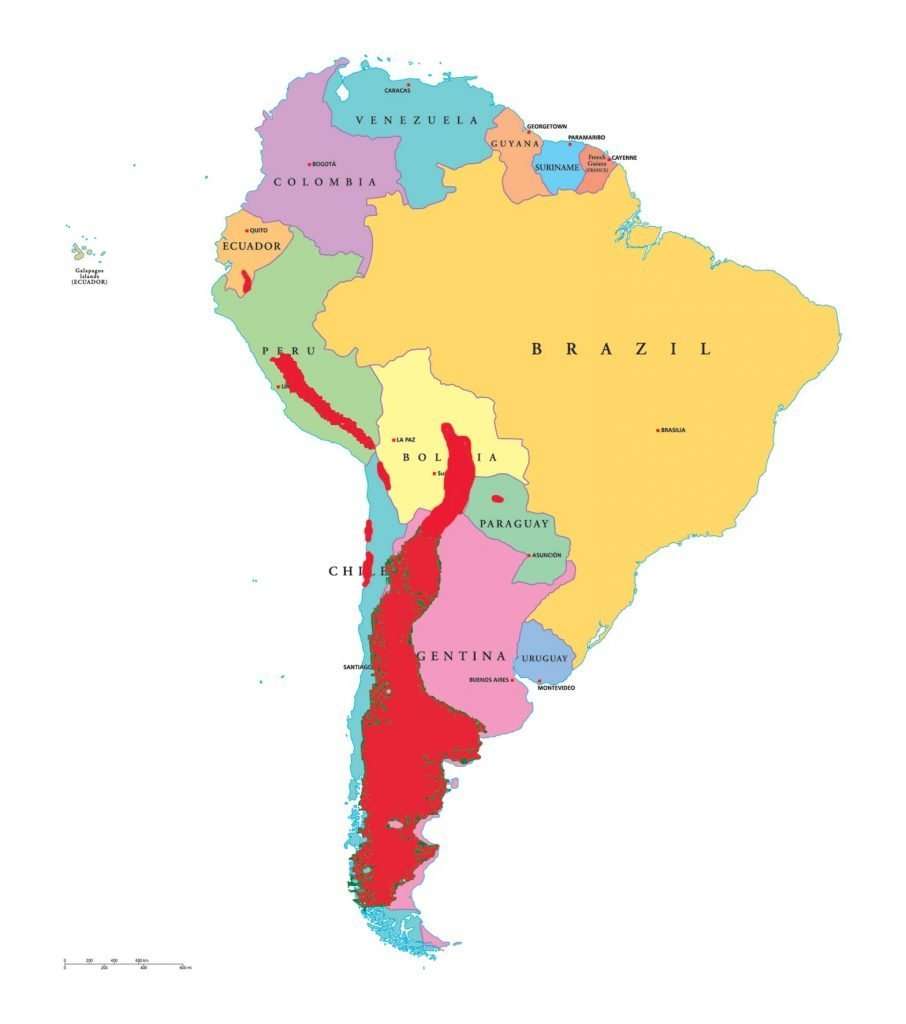
Guanacos survive under extreme conditions, including extreme cold, storm and heavy snow.Surprisingly, guanacos can also swim very well. They are true survivors!
History and Conservation of Guanacos

Yiiyoyanto, CC BY-SA 3.0, via Wikimedia Commons
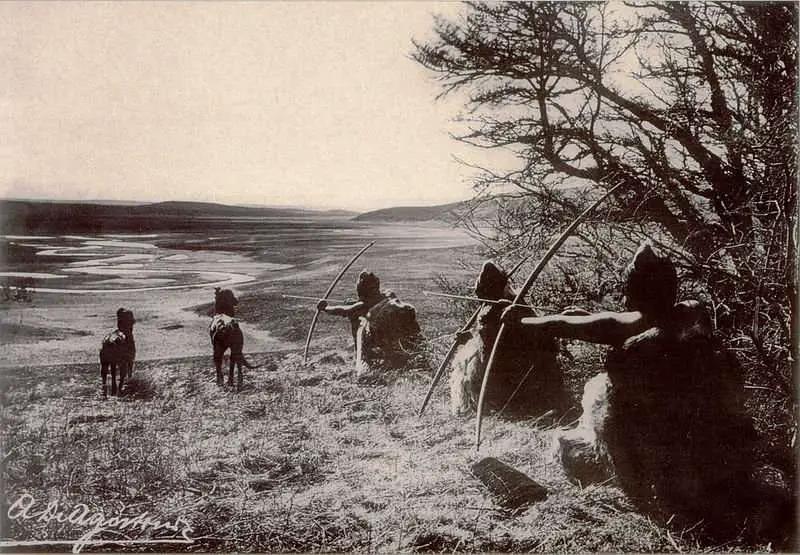
Guanacos have been hunted for their meat and fur since time immemorial. Charles Darwin described in his Beagle Diaries the South American Selk’nam people who lived on Tierra del Fuego until the first half of the 20th century.
The Selk’nam People were nomadic hunters who roamed Isla Grande in small groups and lived almost exclusively on hunted Guanacos and small animals.
Even their tents and the clothes they wore for warmth were made of Guanaco fur. “Their only clothing consists of a coat made of guanaco skin, with the wool on the outside.”
The Guanaco was firmly integrated into the culture and symbolic world of the Selk’nam people, appearing in the myths, rites and songs of daily life.
The great importance of the Guanaco also stems from the fact that the survival of the Selk’nam was heavily dependent on these animals.
The Guanacos not only provided them with meat and fur but also with wool and fat for body care. The Selkam used the skin for clothing capes, blankets, mattresses and to isolate their tents. The Bones were used for many purposes, such as arrowheads and knives or wedges to split wood.
They used the Sinews to make ropes, nets and cords of all thicknesses or for the bow’s string, which in turn was necessary for hunting.
The Guanaco had great importance in the Selknam representations. The number and content of myths and beliefs related to the Guanaco reflect the importance and respect it received.
Before the Spanish conquest of Peru from 1532 to 1536, the Guanaco was the most abundant ungulate in South America, with an estimated population of up to 50 million.
The conquest of Peru by Francisco Pizarro not only ended the rule of the Incas over large parts of South America, but the arrival of the Spanish conquistadors also marked the beginning of the downfall of the guanaco population. The animals were hunted mainly for their valuable furs but also to gain valuable grazing land for the sheep imported by the Spanish.
Today, Guanacos are partly threatened with extinction and, therefore, difficult to find in Peru, Bolivia or Paraguay. Their population is estimated at around 1.5 to 2 million animals, of which about 1,225,000-1,890,000 live in Argentina, 270,000-299,000 in southern Chile, 3000 in Peru and 500 in Bolivia and Paraguay (2016). This is only 3-7 % of the Guanaco population before the arrival of the Spanish conquistadors in South America.
Guanacos are threatened by habitat fragmentation, competition from livestock, habitat destruction, human development, invasive species, diseases, climate change and natural disasters such as volcanoes and droughts.
However, in Argentina and Chile, more specifically in Patagonia, there are still large herds of Guanacos today. It is relatively easy to observe and photograph them in the wild. If you travel through Patagonia, you will encounter herds of Guanacos frequently.
For example, in the famous Torres del Paine National Park in Chile, there is an excellent chance of encountering a small group of guanacos on the way to the park entrance. In Torres del Paine National Park, numbers of Guanacos increased from 175 in 1975 to 3,000 in 1993.
The Torres del Paine National Park is one of the most famous national parks in Chile. Large parts of the national park are glaciated. It consists of mountains, but also fjords, large lakes, swamps and grasslands.
In the vast green pampas, guanco’s also finding sufficient food and habitat. Pumas, Darwin’s Nandus, Andean condors, Coscoroba swans and the Magellanic Woodpecker are only some of the other attractions of the “Torres del Paine.” The name of the park comes from the language of the Tehuelche Indians: “sky blue” (Paine) and “towers” (Torres). According to this, Torres del Paine means “towers of the blue sky” for Patagonia’s natives. The so-called Torres del Paine form the landmark of the park. These are three majestic needle-like granite mountains, which are between 2,600 and 2,850 m high.
Domestication of the Guanaco
Guanacos were domesticated already in the third millennium B.C., and recent DNA studies on genetic diversity and domestication in South American camelids confirm that the lama is descended from it.
Contrary to earlier assumptions, the alpaca does not descend directly from the guanaco, but from the vicuña. However, since all New World camels can be crossed with each other and give birth to fertile bastards, various crossbreeds of the two wild forms cannot be completely ruled out in both llama and alpaca.
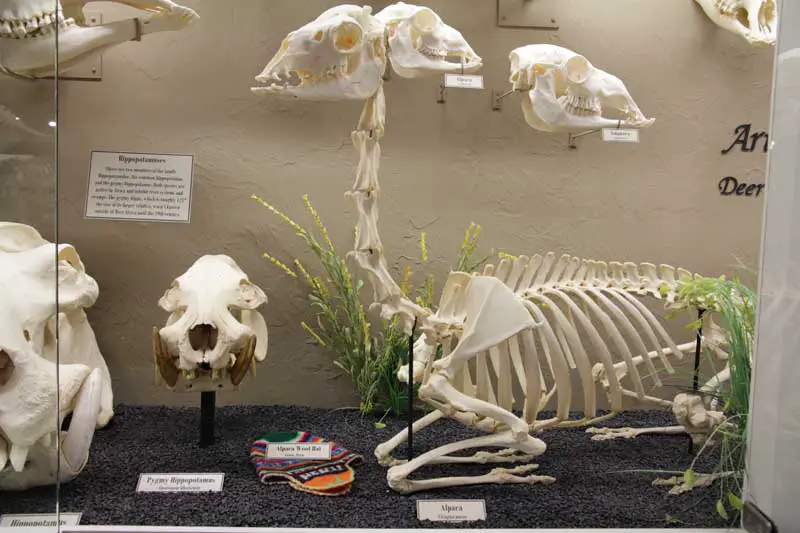
What do Guanacos eat?
Like all camels, guanacos are herbivores; grasses, mosses, berries and fruits are part of the guanacos’ favorite food. Like cows, they swallow the food almost unchewed and then chew it again. Although zoologically guanacos do not belong to the typical group of ruminants we know – their digestive system has developed independently of this animal group.
Guanacos usually struggle with food shortages with the help of their triple-chambered stomachs, but they are able to extract as many nutrients as possible from the inferior food.
Guanacos, like all camels, can go without water for a very long time periode. Only in the morning and evening hours – they usually go to a water source.
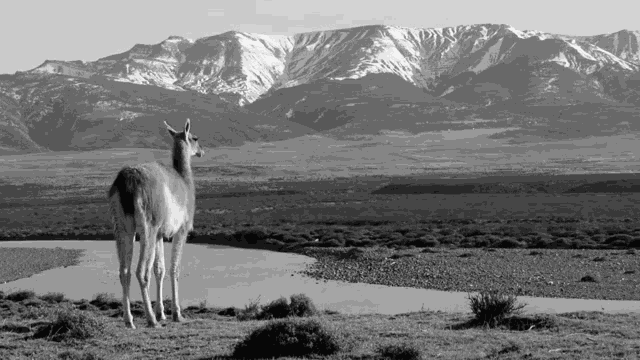
Guanaco Wool

Like its descendant, the llama, the guanaco is double-haired with coarse outer hairs and a soft, very fine undercoat, the hairs of which have a diameter of a 10-18 µ and are comparable to the best cashmere. The fluffy hair of the guanaco is one of the finest natural animal fibres and is only slightly coarser than vicuña wool – the most expensive wool in the world.
The wool and fine fur of the guanacos were already popular within the indigenous people of the Andes, who used the fur and leather to build tents and the wool to make blankets and clothing. In the course of the 19th century, guanaco blankets and coats were the most important trading article of the Tehuelche Indians.
The export and trade with these furs reached its peak around 1870 – but collapsed with the downfall of the last Indian cultures in the South of Argentina. Today, only a few furs are still found in museums and by private collectors.
Although the guanaco is not protected and, according to IUCN, is not classified as an endangered species, it is still considered threatened in most South American countries. All trade with guanaco products is strictly regulated, making exportation almost impossible. We at World’s Finest Wool explicitly do not recommend any guanaco wool products.
It is also currently impossible to buy spun guanaco yarn in the USA, as this, too, is almost impossible to export. The little guanaco yarn processed in Italy is as far as we know almost completely controlled by the luxury brand Loro Piana.
But there are also voices from the textile industry in Argentina to follow the example of Peru in dealing with vicuñas. Where indigenous communities were granted the right in 1980 to gather, trap and shear wild vicuñas according to an old tradition – The Chaccu, a decision that is credited with bringing back the over-hunted animal from extinction. A similar approach to guanacos would both benefit the animal and help the economy of small indigenous communities.
Guanaco - Animal Welfare
As the Spanish arrived in South America, there were an estimated 50 million wild living Guanacos. Since then, they have been hunted mainly for their fur. However, they were also regarded as pests in large parts of South America, because they graze in regions where sheep were kept.
Therefore, farmers also shot guanacos to gain pasture land for the sheep herds. Due to the mass shooting, the herd numbers became smaller and smaller. Today there are still about 600,000 guanacos, which is only a little more than one percent of the original number. Guanacos live almost exclusively in the wild – domesticated animals only exist in rare individual cases as part of alpaca herds or within flocks of sheep.
CITES lists the Guanaco in “Appendices I and II“
Trade with animals and plants listed in “Appendix I” is completely prohibited. The species listed in Appendix II may be traded under special circumstances: Import and export permits are required, and proof of harmlessness to the population must be provided.
Important Note:
“In regard to the Guanaco there are 2 subspecies Lama guanicoe cacsilensis in southern Peru and northern Chile and Lama guanicoe guanicoe south to Tierra del Fuego.
It is estimated that as few as 3,000 L.g. cacsilensis survive in Peru where they are classified as being in Critical Danger of Extinction. Complete genome sequences of South American camelid DNA (Fan et al. 2020) confirm that this subspecies, not the Patagonian one, is the ancestor of the domestic llama.
At CONOPA a Peruvian NGO dedicated to scientific research and conservation of the South American camelids for the past 20 years, they are working hard to insure the survival and genetic integrity of the Peruvian guanaco!
A difficult task since the IUCN lists guanaco as “least concern” based on the large populations in Patagonia.
You can help by making the plight and importance of Lama guanicoe cacsilensis known by sharing this article – it would be much appreciated.”
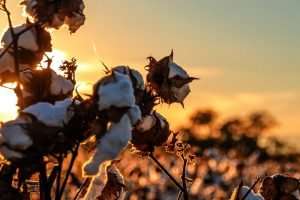
Natural fibers – What cotton nettles and other natural fibers have in common?

How Fast Fashion destroys our environment!

Tracing the Roots: The Origin and History of Qiviut Wool
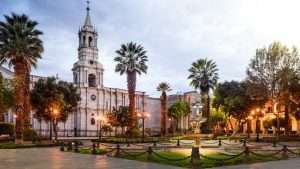
Arequipa’s Alpaca Magic: Industry Insights, Tours, and Shopping Gems

Unravel the Mystery of Alpaca: From Ancient Inca Civilization to Modern Luxury Fiber

The Magic of Personalized Photo Greeting Cards

Fine Wool – Best Choice for your next Adventure
Marco Heitner
Resources
- The Guanaco, World Expeditions – (last visited Aug. 17, 2020)
- Torres del Paine National Park, PBS.org (last visited Aug. 17, 2020)
- Guanaco – Lama guanicoe, South American Camelid Specialist Group – (last visited Aug. 17, 2020)
- Guanaco – Lama guanicoe, IUCN Red List – (last visited Aug. 16, 2020)
- Guanaco (Lama guanicoe) Fact Sheet: Population & Conservation Status
- Ronald J. Sarno, William L. Franklin, Population Density and Annual Variation in Birth Mass of Guanacos in Southern Chile, Journal of Mammalogy, Volume 80, Issue 4, 6 December 1999, Pages 1158–1162, https://doi.org/10.2307/1383166
- Marín JC, Romero K, Rivera R, Johnson WE, González BA. Y-chromosome and mtDNA variation confirms independent domestications and directional hybridization in South American camelids. Anim Genet. 2017 Oct;48(5):591-595. doi: 10.1111/age.12570. Epub 2017 Jul 11. PMID: 28699276.
- Franklin, W.L. and Grigione, M.M. (2005), The enigma of guanacos in the Falkland Islands: the legacy of John Hamilton. Journal of Biogeography, 32: 661-675. doi:10.1111/j.1365-2699.2004.01220.x
- Baldi, Ricardo & Acebes, Pablo & Cuéllar, Erika & Funes, Martin & Puig, Silvia & Franklin, William. (2016). Lama guanicoe. The IUCN Red List of Threatened Species 2016. 10.2305/IUCN.UK.2016-1.RLTS.T11186A18540211.en.
- GONZÁLEZ, B.A., PALMA, R.E., ZAPATA, B. and MARÍN, J.C. (2006), Taxonomic and biogeographical status of guanaco Lama guanicoe (Artiodactyla, Camelidae). Mammal Review, 36: 157-178. doi:10.1111/j.1365-2907.2006.00084.x
- Baldi, R.B., Acebes, P., Cuéllar, E., Funes, M., Hoces, D., Puig, S. & Franklin, W.L. 2016. Lama guanicoe. The IUCN Red List of Threatened Species 2016: e.T11186A18540211. https://dx.doi.org/10.2305/IUCN.UK.2016-1.RLTS.T11186A18540211.en. Downloaded on 16 August 2020
- Politics Of Consumption And Conservation: The Vicuña Trade In Peru, “UNIVERSITY OF FLORIDA” – by Amy Elizabeth Cox, 2003., https://en.wikipedia.org/w/index.php?title=Vicu%C3%B1a&oldid=939550122 (last visited Feb. 8, 2020).
- Brehms Tierleben (1922) https://doi.org/10.5962/bhl.title.5125
- The The Decline of Patagonia’s Guanacos – Grace O’Brien
- The Guanaco in the symbolic world of the Selknam society – TY – JOUR, AU – Parmigiani, Vanesa AU – Mansur, María – AU – Bogdanovic, Igor (2013/01/01)
- Darwin Online – Darwin’s Beagle Library (page 143)

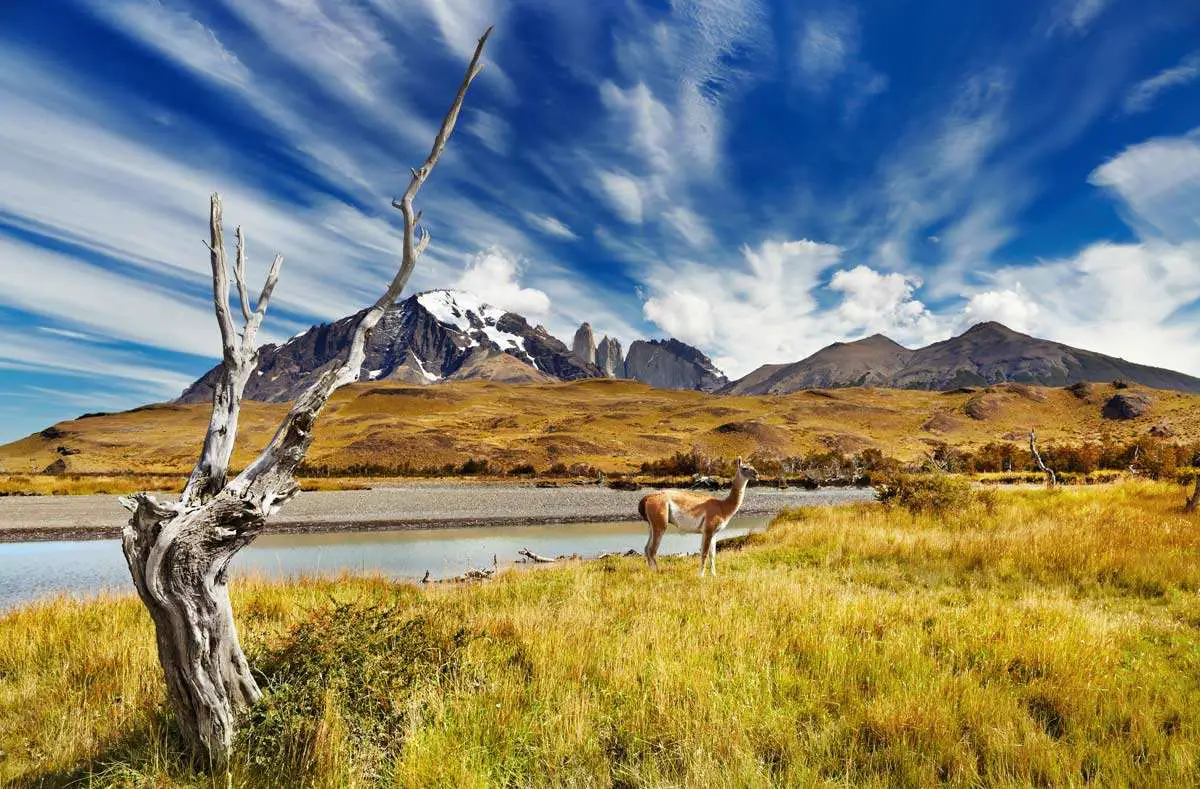
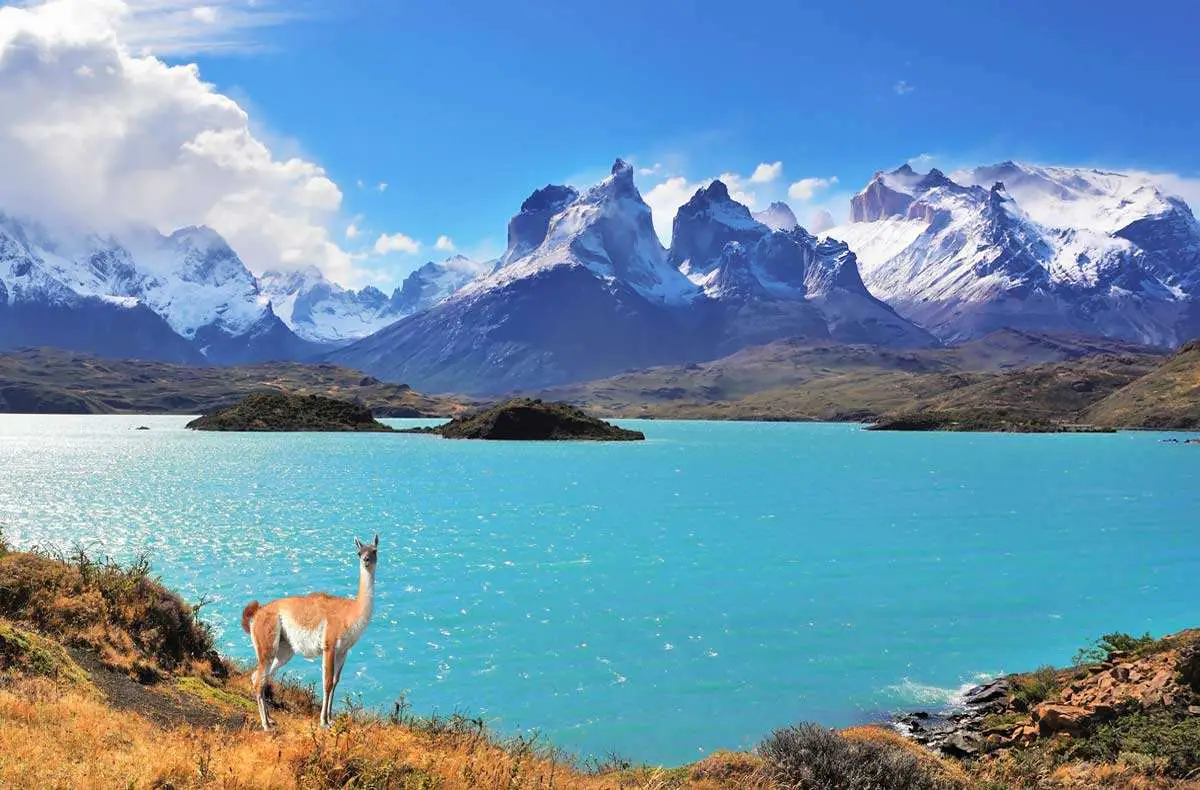
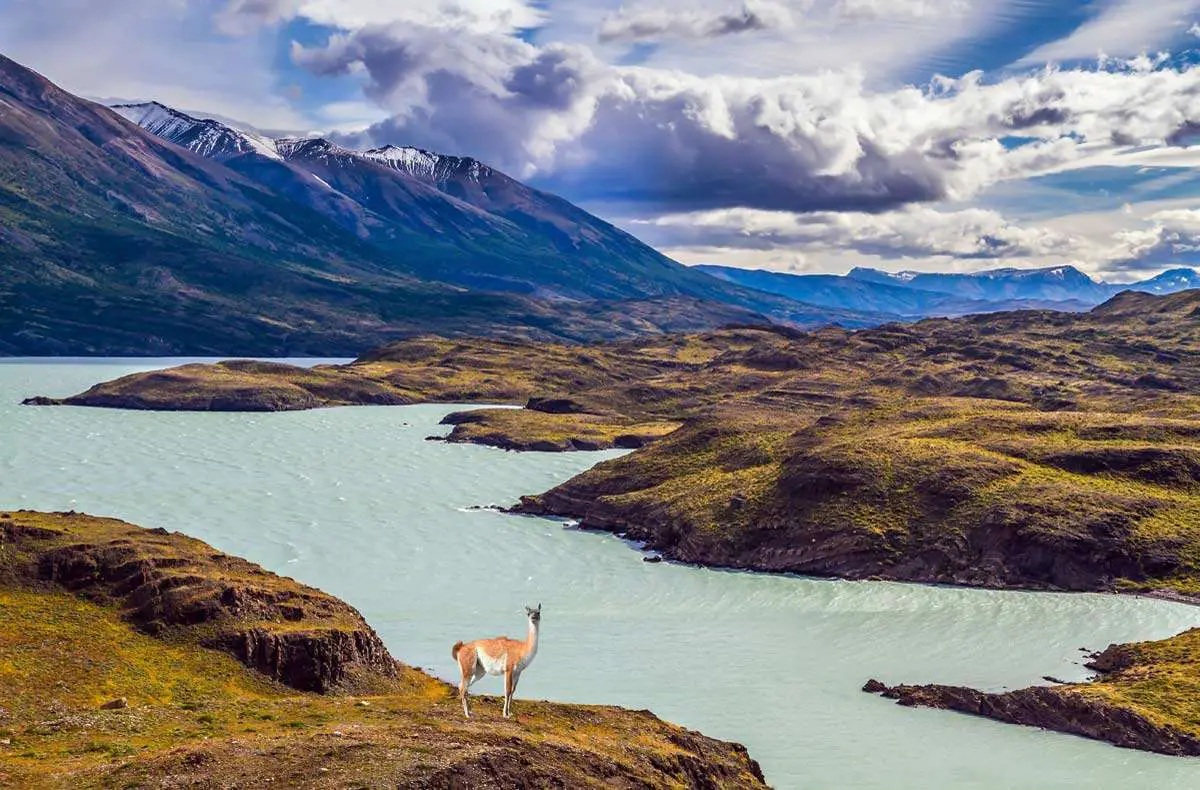
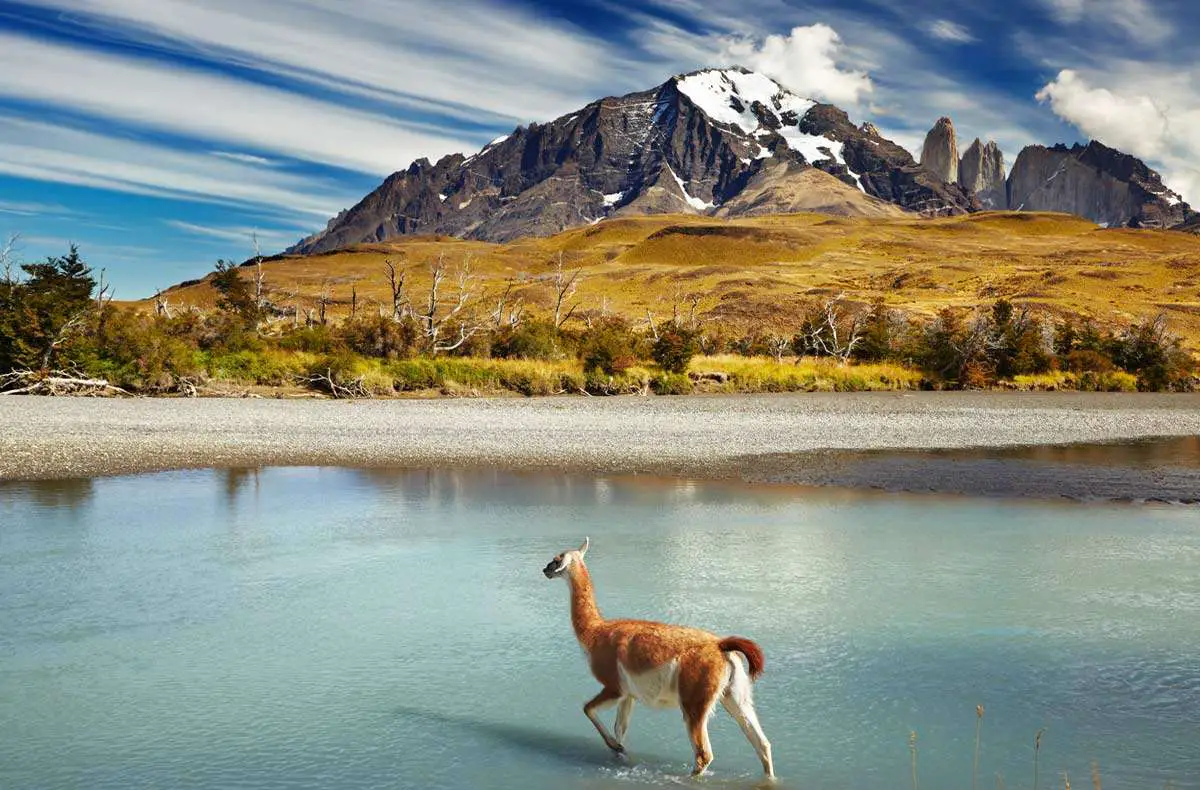
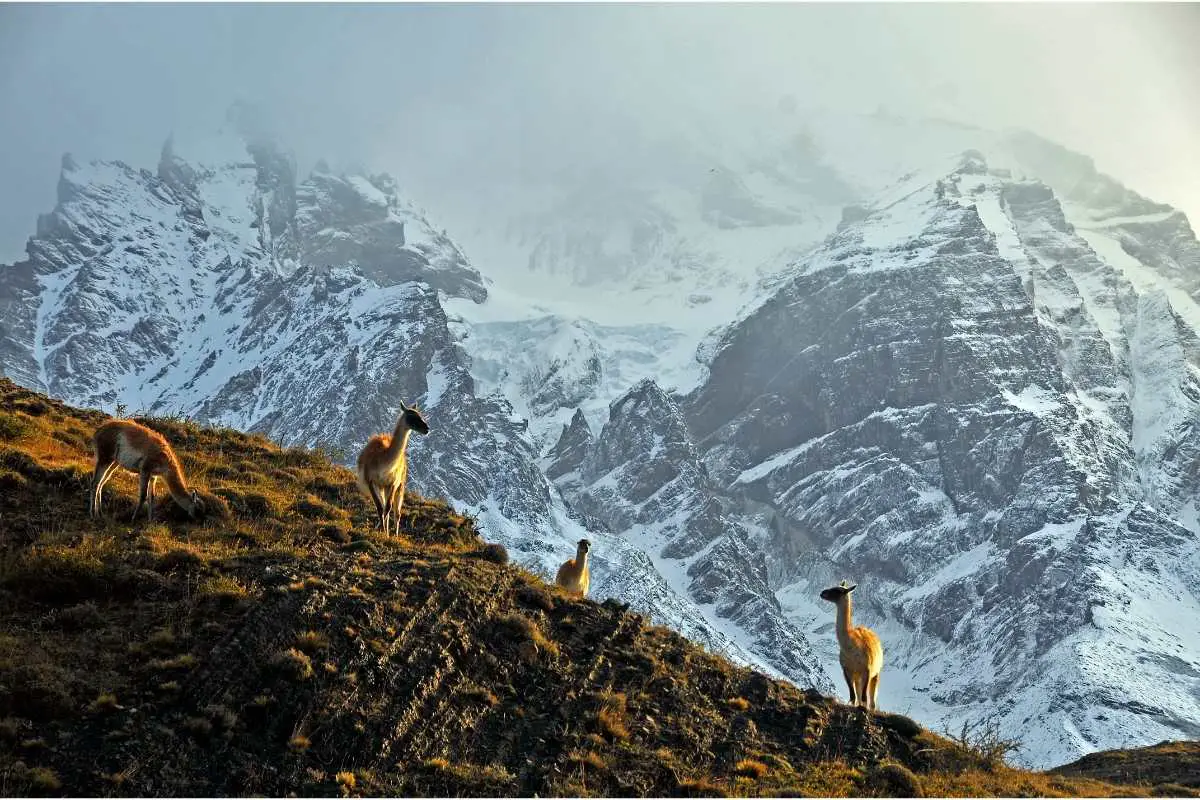
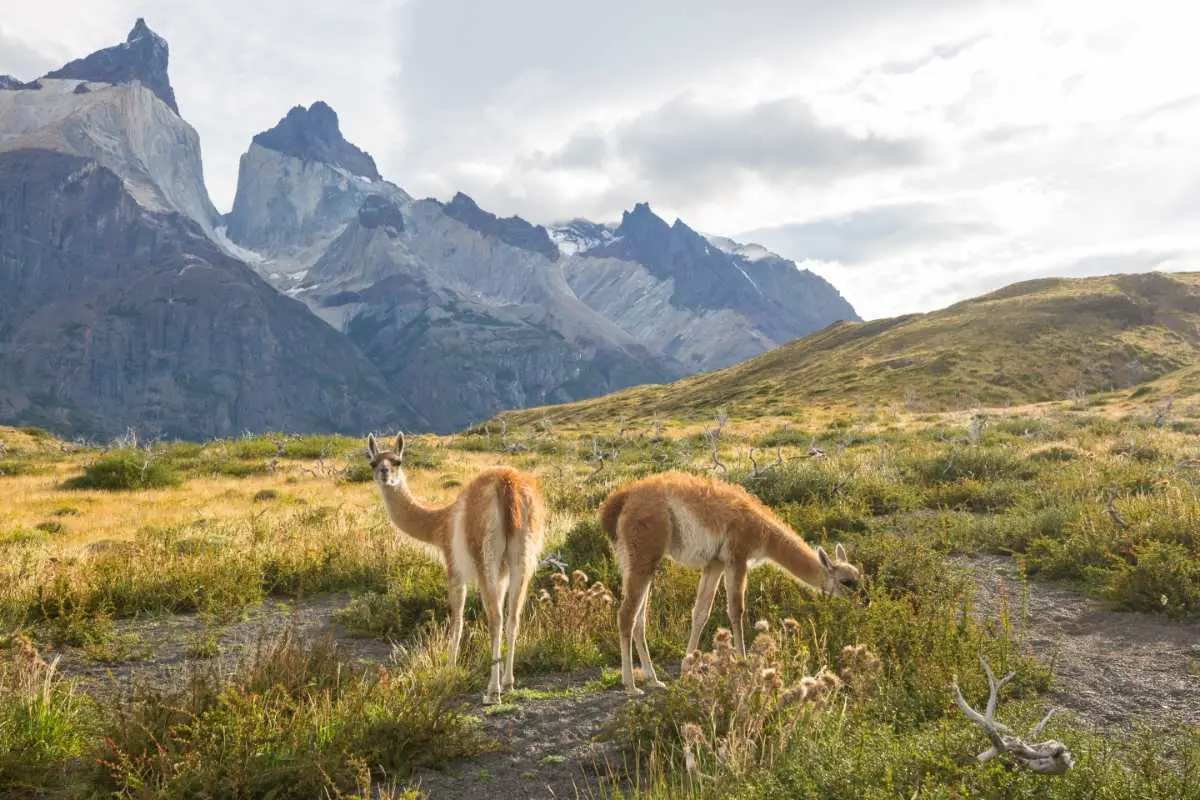
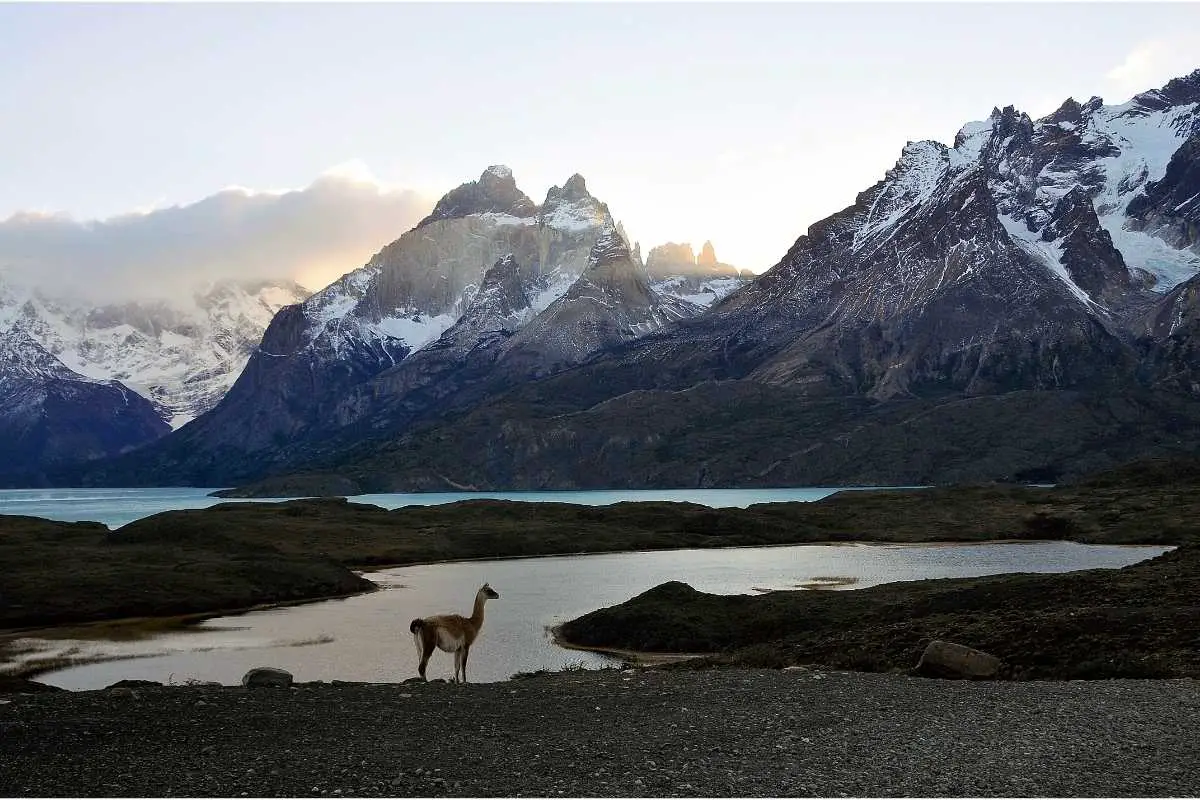
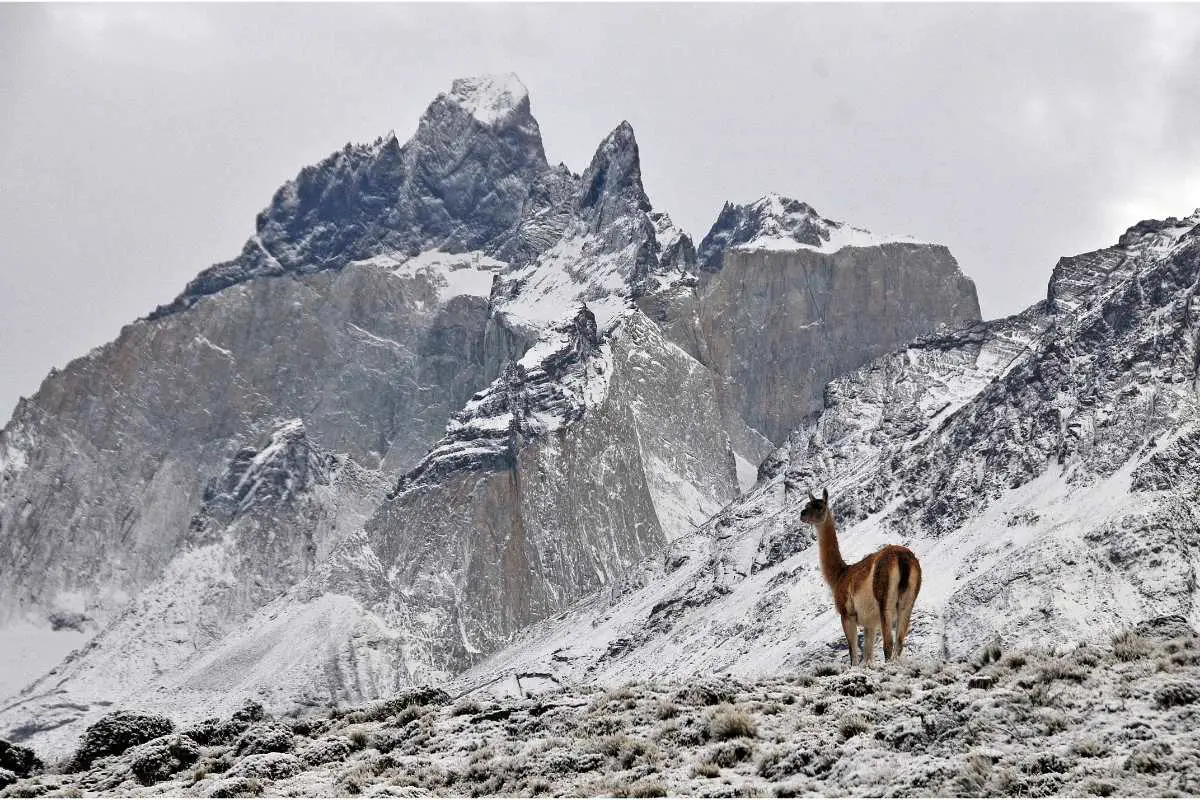
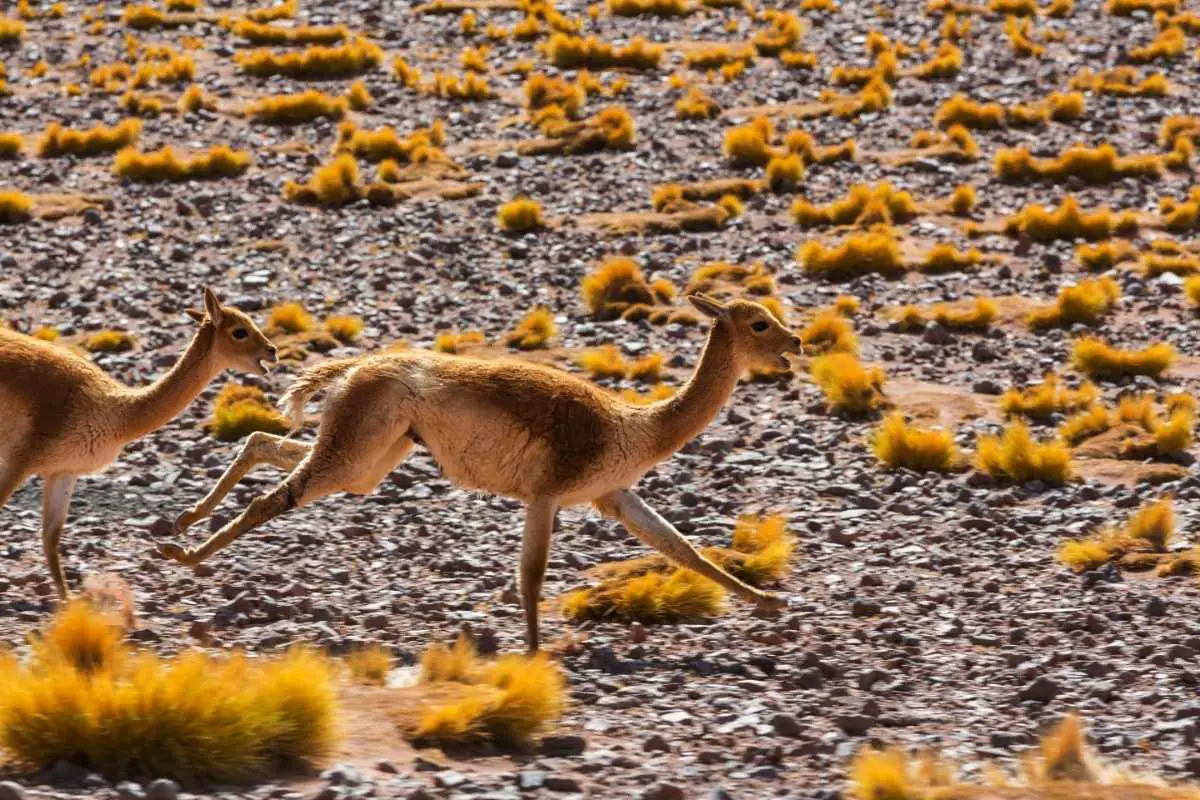
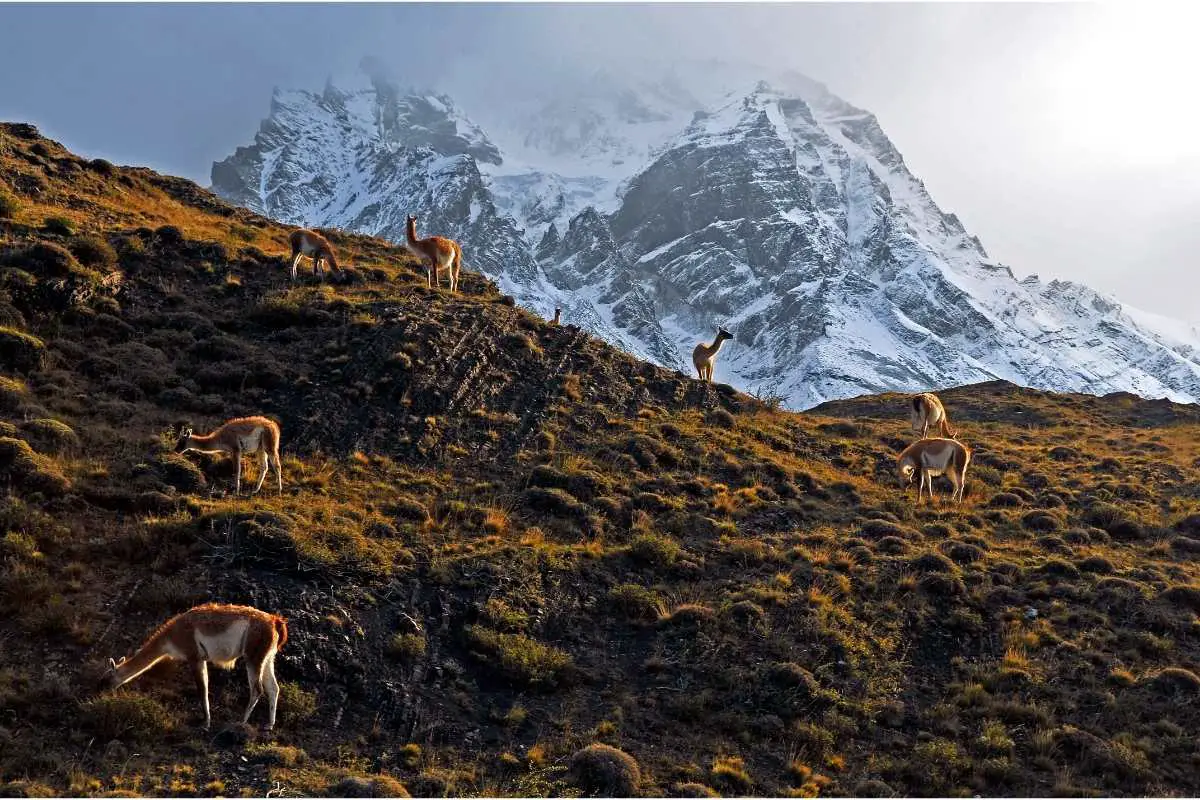
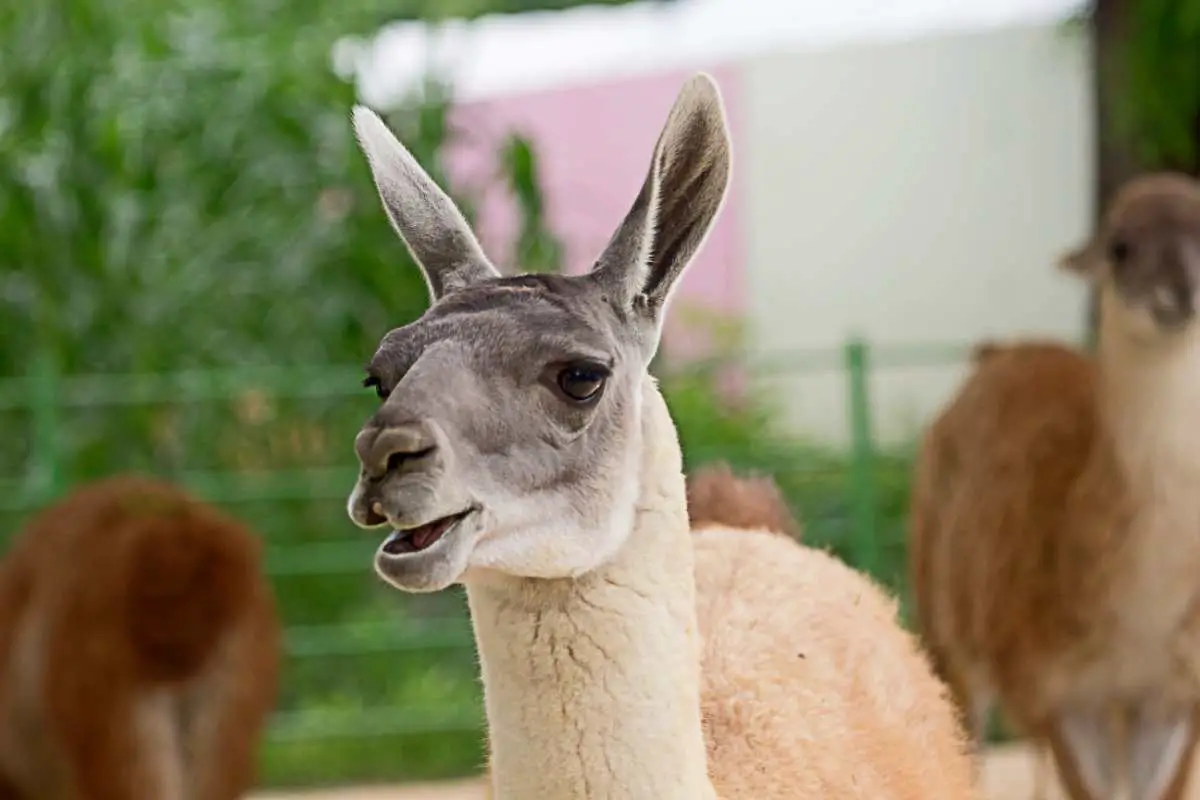
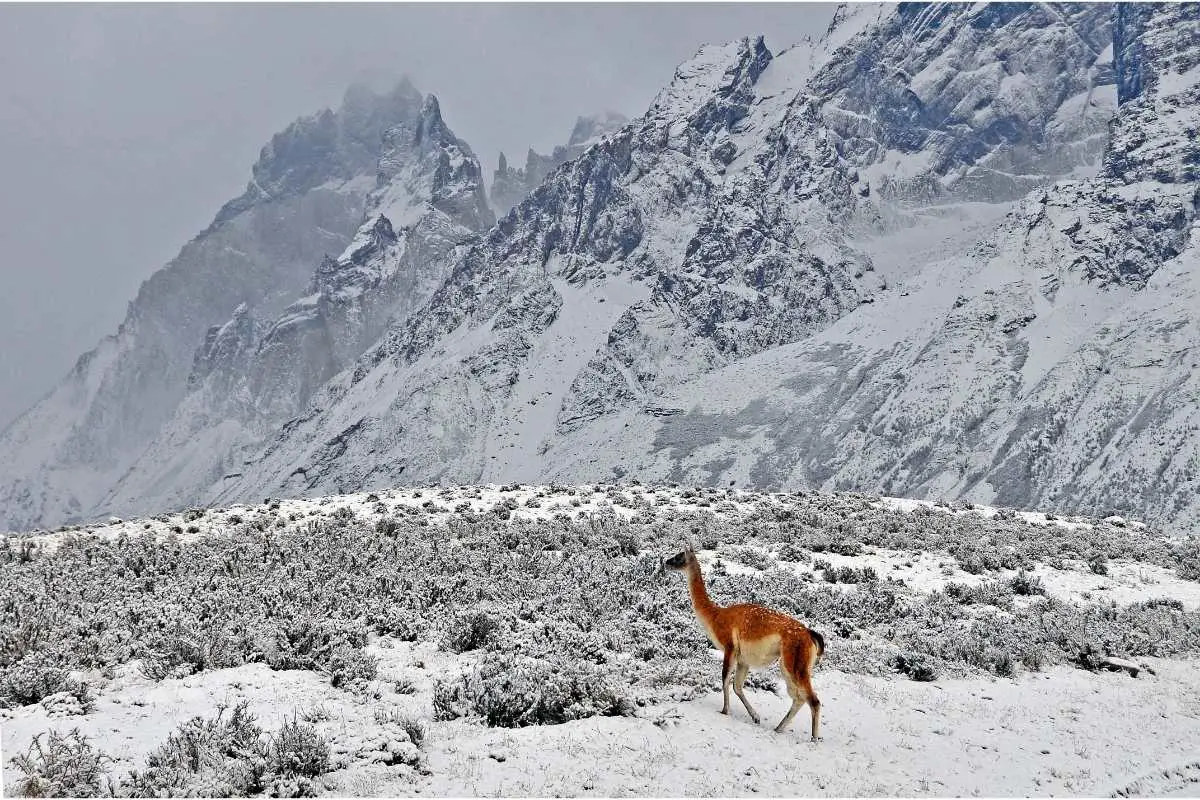
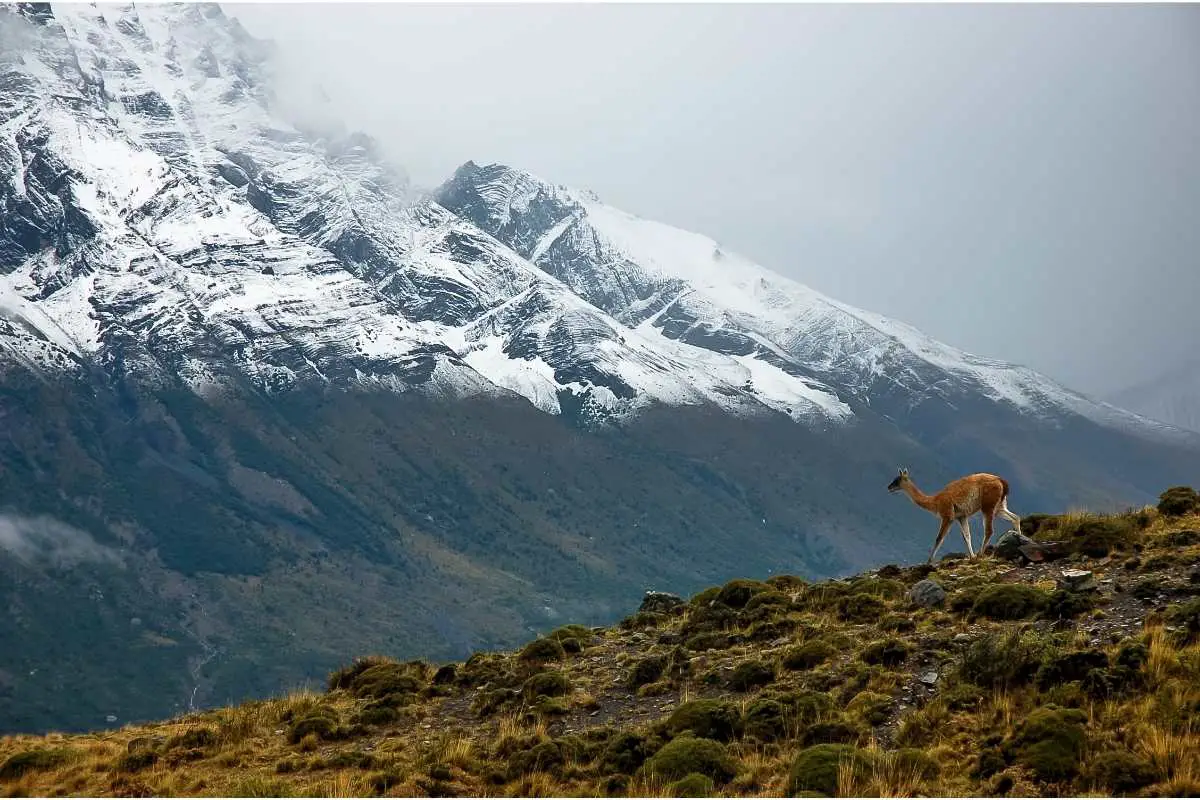
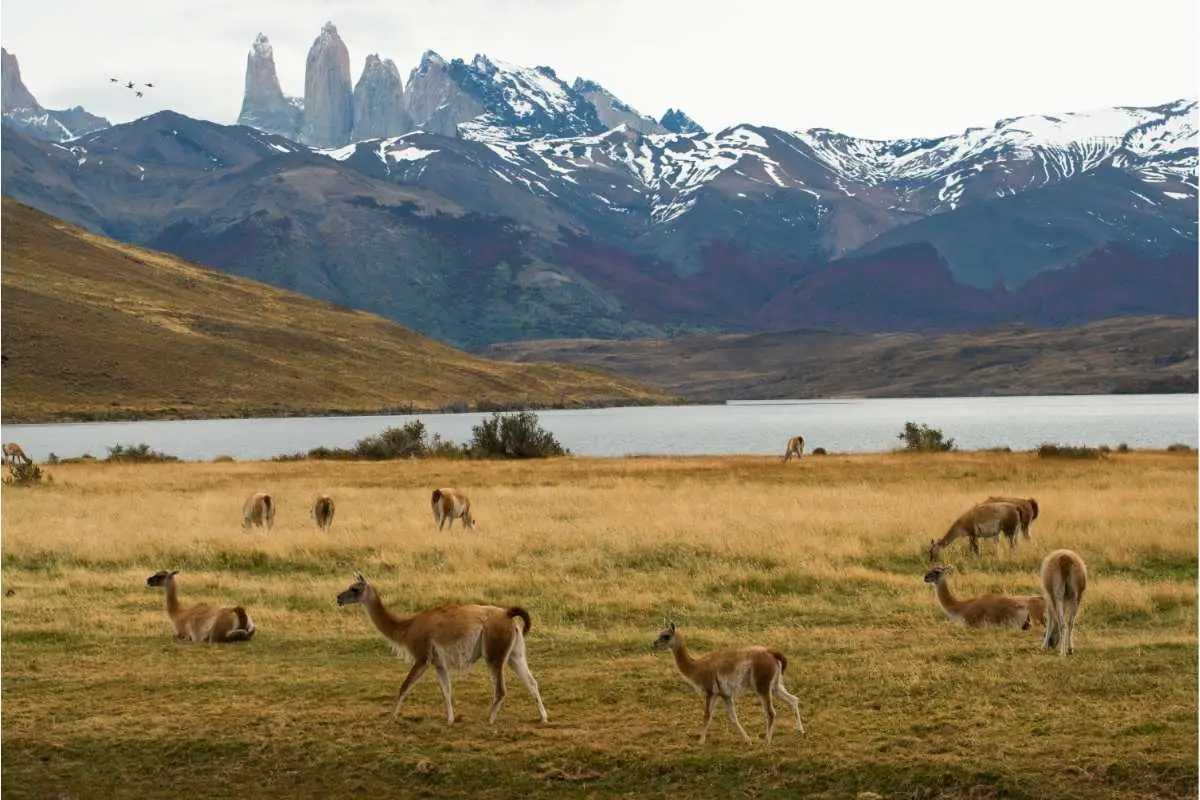
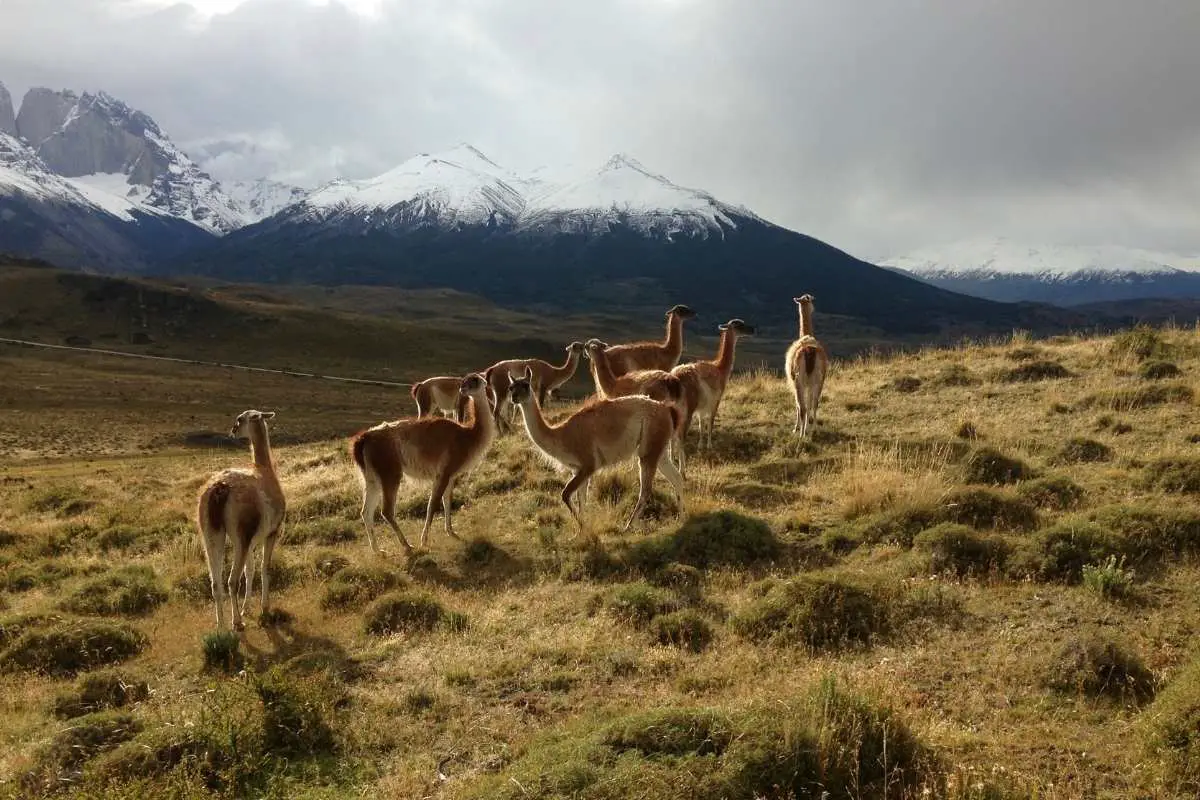

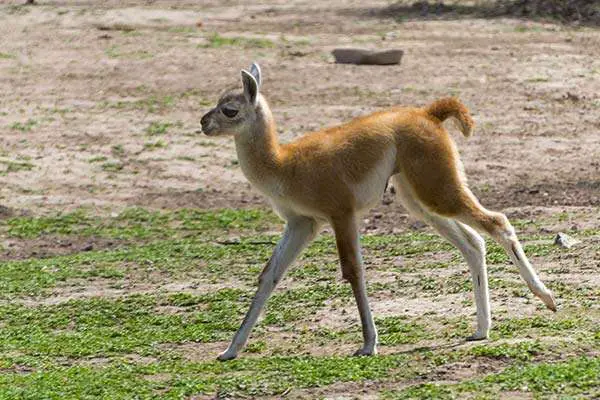



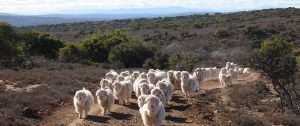
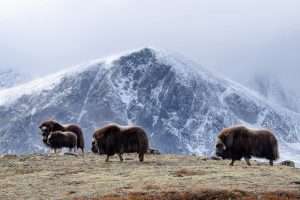
0 Comments